Standing in front of Orange’s Roman Theatre, I felt like I’d just wandered onto the set of ancient history right in the middle of Provence. The massive stone facade, stretching over 100 meters, looms above the quiet town and pulls travelers like me straight into its grand past.
As a UNESCO World Heritage Site, the theatre stands out as one of Europe’s best preserved. It still holds the echoes of centuries of Roman life and performances.
Just a short walk away, the Triumphal Arch rises to honor the veterans of Caesar’s conquest of Gaul. Sculpted details celebrate victories and keep Rome’s mark on Provence alive.
Visiting both the theatre and the arch gave me a rare glimpse into the legacy and artistry that shaped this part of France.
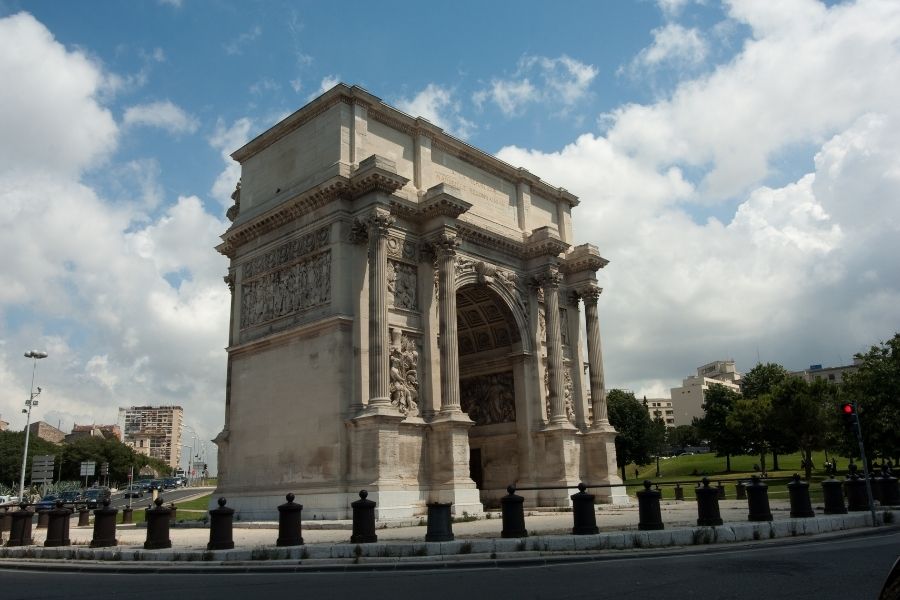
It’s honestly easy to see why so many people flock to Orange’s Roman monuments. Exploring these ancient wonders made me realize how history can jump off the page when you walk where emperors and citizens once stood.
Unveiling Orange’s Roman Theatre: A Journey Through Time
Standing in front of Orange’s Roman Theatre, I felt pulled into a timeline that stretches almost two thousand years. Its massive stone facade tells stories of ancient Rome, community gatherings, and artistic spectacles, all carved deep into Provence.
Origins and Historical Significance
The Roman Theatre of Orange dates back to the early 1st century AD. Augustus ordered it built, and it quickly became the city’s main spot for cultural and political events.
The theatre could seat up to 10,000 people, making it a real hub for gatherings and public life.
I found myself fascinated by the details in its architecture. Huge walls—103 meters long and 37 meters high—still stand firm after all these centuries.
The stage wall is almost completely preserved. That’s pretty rare among Roman theatres in Europe. This wall not only framed the stage but also showed off reliefs and statues of emperors, blending Roman art with imperial propaganda.
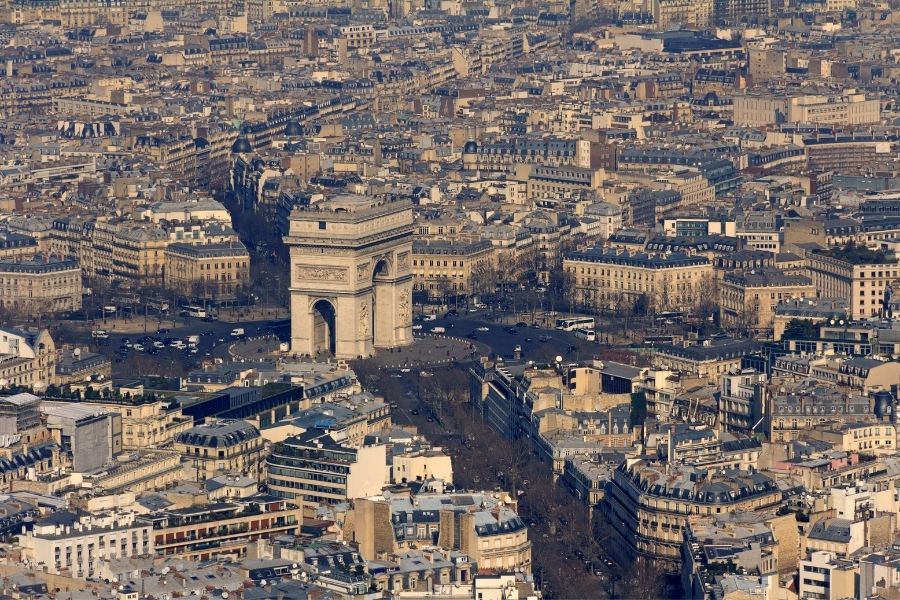
The theatre’s stones remember centuries: invasions, decay, and renewal. While many ancient sites lost their grandeur, Orange’s theatre stands as a vital example of Roman architecture and public entertainment.
Spectacula: Roman Performances and Daily Life
Climbing among the stone seats, I tried to picture the buzz of a Roman crowd. People flocked here for comedy, tragedy, and even mime shows.
The theatre wasn’t just for art—it was the center of Roman social life. Citizens met, cheered, and swapped news here.
The acoustics are wild—every corner fills with sound, no matter where you sit. Actors, musicians, and orators projected their voices easily, which is honestly impressive without microphones or speakers.
Standing at the stage, I tried it myself and heard my voice echo just like performers did ages ago.
The “spectacula,” or seating, reflected social class. Senators and the elite grabbed the best seats by the stage. Regular folks sat higher up, but everyone felt the energy of communal arts.
Preservation and Modern-Day Restorations
People have worked for centuries to keep Orange’s Roman Theatre standing. After Rome fell, locals used the theatre as a defensive shelter. Oddly enough, that helped protect it from total ruin.
Restoration really kicked off in the 19th century. Archaeologists and architects stabilized the stones, cleared debris, and rebuilt damaged parts, often with original materials.
Today, the theatre hosts performances again, blending ancient artistry with new cultural life.
I noticed that restorers genuinely respect the site’s history. Signs, guided tours, and special lighting help bring the ruins to life—especially at night.
The space still honors Roman art, drama, and architecture, and welcomes travelers like me to step into living history.
Standing in Awe at the Triumphal Arch: Symbol of Roman Grandeur
When I arrived at Orange’s Triumphal Arch, I felt the centuries peel away. This stone monument stands as both a work of art and a strong reminder of the Roman Empire’s reach into Provence.
Architectural Mastery and Inscriptions
The Triumphal Arch of Orange stands out against the blue sky, a bold bit of Roman architecture that grabs your attention right away.
Its triple arch design, still impressive after two thousand years, shows just how skilled Roman builders were.
Up close, I noticed detailed carvings all over the limestone. Military victories and fierce battles cover the surface.
Latin inscriptions run along the arch, honoring Roman soldiers from Caesar’s conquest of Gaul.
What struck me most was how well the arch survives. It’s not just a ruin—it’s a piece of history that still tells its story, with arrows, shields, and Roman armor on display.
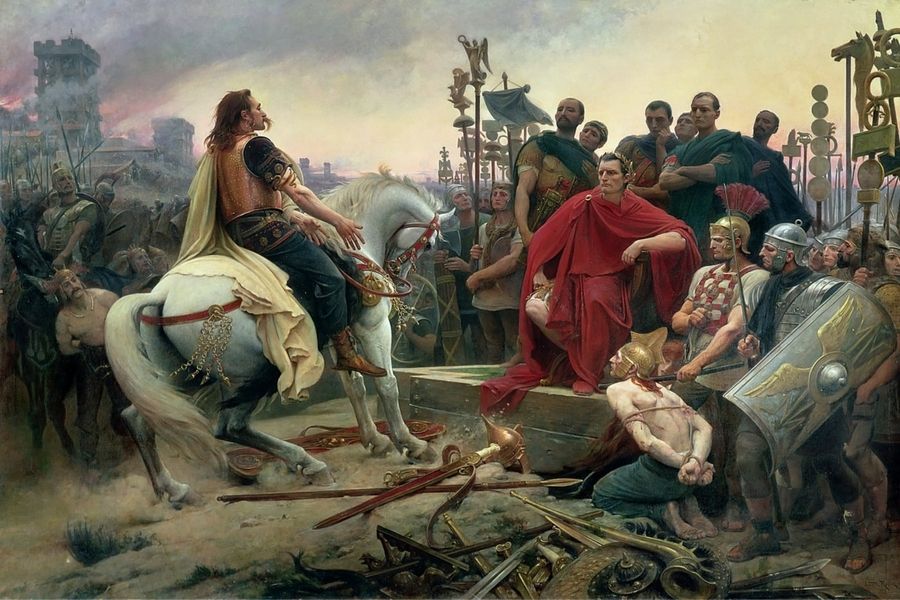
As a traveler, I could actually spot details shaped by hands over 2,000 years ago. These inscriptions and reliefs connect visitors to the people and events that shaped Roman Orange.
Role in Roman Society and Legacy
Back in its heyday, the Triumphal Arch marked the city’s northern entrance. Romans built it to celebrate military victories and honor veterans, turning this gateway into a stage for Roman pride.
The arch’s original purpose was clear: lasting propaganda. Every carving told citizens and visitors about Rome’s power and its generals’ successes.
It was designed to impress and to remind people of Roman leadership and achievements.
Today, standing under the arch’s wide shadow, I get why UNESCO named this a World Heritage Site. Orange’s Triumphal Arch isn’t just a relic—it’s a vivid piece of Roman legacy that keeps drawing people into Provence’s rich past.
If you’re exploring France’s Roman ruins, this arch is a must-see.
Exploring Orange: Provence’s Imperial Relics and Surroundings
Ancient monuments pop up among quiet streets filled with market life and lively architecture. Orange somehow blends Rome’s legacy with everyday Provençal culture.
It’s the kind of place that can transport and inspire you in equal measure.
Discovering the Old Town’s Charms
Wandering Orange’s old town feels like stepping through different centuries. Stone-paved lanes twist past sunlit squares, and locals actually greet each other in the street.
Boutiques sell lavender soaps and handmade pottery. Cafes spill onto narrow sidewalks, filling the air with roasted coffee and fresh pastries.
I paused to admire painted shutters and worn wooden doors, sometimes spotting little plaques hinting at centuries-old stories.
Many buildings show layers of history—Roman foundations, medieval facades, and even Baroque upgrades all mixed together.
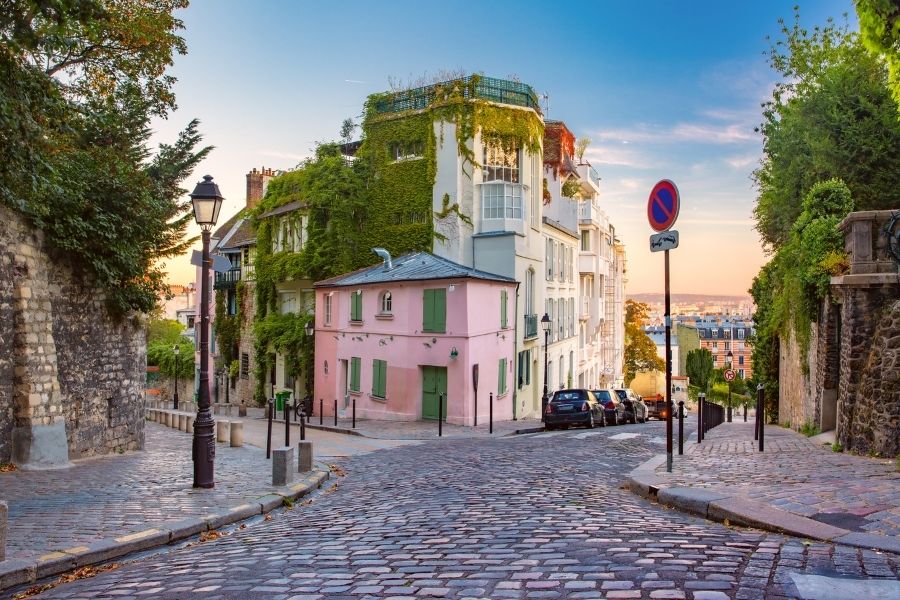
If you can, stroll early in the morning when the streets are quiet and the light spills softly on the ochre walls. The whole scene feels almost cinematic, with every corner begging for a photo—or just a slow moment to soak in French living.
Strolling Among Antiquities and Local Markets
Just beyond the theatre, market stalls burst with seasonal fruits and vegetables. Plums, figs, and shiny tomatoes catch the morning sun.
Vendors chat about their produce and often offer samples—sweet cherries and olives, bursting with Provençal flavor.
The market square leads to antique shops packed with curiosities. Old coins, Roman replicas, and vintage jewelry fill the shelves.
I found a weathered engraving of the Triumphal Arch, its stone reliefs still sharp after all these years.
It’s easy to lose track of time moving between these relics and local treasures.
- Must-try:
- Fresh goat cheese from the market
- Handmade Provençal fabrics
- Local honey
Shopping here feels more like discovering Orange’s living history, one stall at a time.
Architecture Beyond Rome: Baroque to Renaissance Influences
Orange is famous for its Roman ruins, but its skyline offers more. Churches and civic buildings show off Baroque and Renaissance details.
Arched windows, carved facades, and dramatic bell towers rise above the rooftops.
I stopped at the Church of Saint-Eutrope, tracing sculpted columns and admiring frescoes tucked into alcoves.
Ornate balconies and concert posters hint at Orange’s creative side, blending history with modern art and music.
Baroque carvings and Renaissance touches pop up in surprising places—library doorways, quiet courtyards, even boutique hotels.

If you love architecture, bring a camera and just let your curiosity lead you.
Personal Reflections: My Immersive Experience in Imperial Orange
As I wandered through Orange, I felt a real connection to the grandeur of ancient Rome. The city’s Roman theatre and triumphal arch aren’t just stone—they’re living reminders of spectacle, architecture, and artistry from the classical world.
Captivated by the Theatre’s Ancient Echoes
Sitting on the stone tiers of the Roman theatre, I tried to picture the crowds (the spectacula) that once filled these seats.
The size of the auditorium surprised me—rows of seats climb up from the orchestra, forming a semi-circle big enough for thousands.
Standing before the 103-meter-long facade, I marveled that the famous acoustic wall still stands. It’s the only one like it left in Europe, and performances here are still impressively clear.
A gentle breeze drifted through, carrying voices across the theatre with ease. For a moment, I could almost hear Roman actors delivering lines to crowds buzzing with excitement.
The sense of history felt immediate and powerful.
Marveling at Monumental Roman Craftsmanship
Both the theatre and the arch show off the skill of ancient architects and builders. Every detail, from the curved seating to the sturdy arch base, speaks of Roman expertise.
The craftsmanship stands out in the grand facade and the intricate carvings still visible on the arch.
Up close, I noticed how the stones have weathered but still hold strong. The engineering wasn’t just about beauty; it was about lasting through centuries.
I admired how function and art came together here.

If you visit, try coming early or late in the day for the best light on the stone. For anyone who loves architecture or history, Orange is a real-life lesson in ancient construction.
Seeing these structures in person beats anything I’ve read in a book.
Travel Insights and Planning Tips for Visiting Orange’s UNESCO Wonders
Getting to Orange and exploring its Roman treasures is pretty straightforward if you plan ahead. A little timing, smart packing, and a loose plan let me see both the Roman Theatre and Triumphal Arch without missing out.
How to Reach Orange and Plan Your Visit
Orange sits in the heart of Provence, right in the Rhône valley. I hopped on a train from Avignon—just a quick 20-minute ride.
The train station is close to the main sights, including the Roman Theatre, the Triumphal Arch, and ongoing digs.
If you’re driving, highways A7 and A9 connect Orange with bigger cities like Lyon and Marseille. Parking is simple near the town center.
Once I arrived, I found everything walkable. You can buy tickets for the Roman Theatre online or at the entrance.
Booking ahead (especially in busy months) saves time and hassle.
You can see both the Theatre and the Arch in a single day. Audio guides and guided tours offer extra insight into UNESCO recognition and local history, so I’d suggest budgeting a little more time for those.
Best Times to Explore Provence’s Roman Marvels
I loved visiting Orange in late spring. From May to early June, the weather feels warm but not unbearably hot, and you won’t have to fight through big crowds.
Sometimes the Roman Theatre hosts live performances on summer evenings. Those shows bring a special vibe, though, honestly, they also attract more people.
June and September work well too, since you’ll see fewer tourists than in the thick of summer. Provence’s sun is famously bright. If you go around midday in summer, it gets seriously hot.
I found early morning or late afternoon much more comfortable. The light gets softer too, so snapping photos of the Theatre or the Triumphal Arch just feels easier.
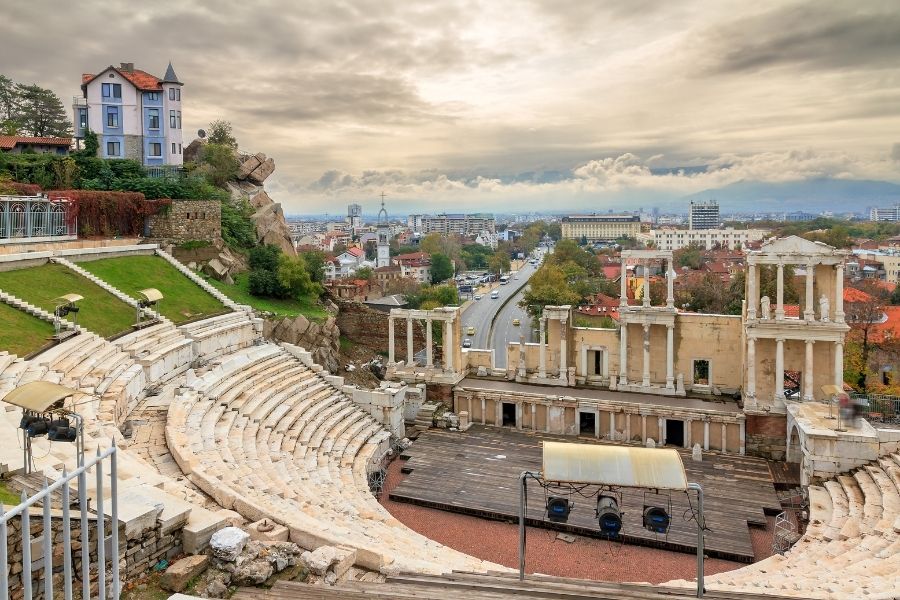
Museum hours and special excavation exhibits can change with the season or holidays. I always checked the official websites before heading out.
Local events often celebrate the area’s Roman history, and those really liven up the town.
What to Bring and Practical Advice for Travelers
Comfortable shoes really made my visit so much better. You’ll end up walking a lot—those cobblestone streets, stone benches, and uneven excavation areas don’t make it easy.
I always throw on a light hat and some sunscreen, especially under the Provençal sun. Don’t forget a refillable water bottle; I found a few public fountains near the Theatre, which was a relief.
I kept some euros in cash for snacks and quick stops at little markets around the sites. The big places like the Roman Theatre take cards, but smaller vendors? Not always.
If you’re into history, grab a compact guidebook or just download an app. I noticed the signs can be a bit sparse sometimes.
You can take photos almost everywhere, but they won’t let you use a tripod. When I needed a break, I’d just find a shady square and soak up the atmosphere, trying to picture the ancient Roman crowds that once filled these places.

